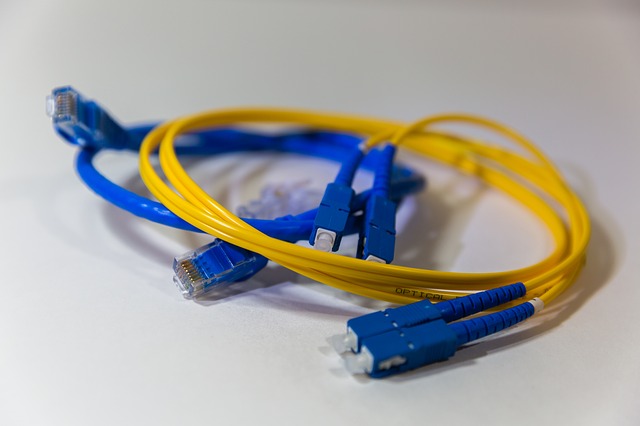What is fttp Connection?

Though the internet became a functional entity in the late 1960’s, it was only during the early 1990’s that it became commercialised and available to the common man. Since then there has been a phenomenal growth in this field with more advancements and progress making it what it is today.
In the world of internet technology, nomenclature can sometimes become a hindrance for people as they try to navigate through the norms of this territory. And with advancements, the list of complicated terminologies only keeps growing.
The fttp technology is one such feature that might stump you in the beginning, but truth be told, all it means is ‘fiber to the premises’. It is used interchangeably with ‘ftth’ which refers to ‘fiber to the home’. It involves running of fiber-optic cables from your ISP (internet service provider) directly to your home or place of business. This is unlike the fttn connection, where the fiber-optic cables from the ISP end up as a node in a service cabinet on the street; cables can then be drawn from here to provide service to the surrounding neighborhood premises.
For those who want to know, fiber-optic cables are bundles of very fine fibers made of glass or plastic which are used to carry light. Being among the latest technologies, fiber-optic cables are fast replacing the traditional copper cables that were prone to damage over time. Comparatively, fiber-optic cables hardly need any servicing and provide data at lightening speeds, thus providing an impetus to traditional copper cable-using ISP providers to make the switch-over to fiber-optic cables too, to keep up with the competition and maintain their customer base.
Since there is no loss of speeds in fttp connections, you actually get to experience the speeds promised in your internet package. It delivers results regardless of the distance from your home to the service provider and is capable of faster download speeds too; customers can even avail of connections as fast as 1Gbps, which is about ten times faster than other technologies.
Popular fttp connection plans however offer speed downloads of up to 100Mbps and uploading speeds of up to 40Mbps; but maximum download speeds of 1Gbps and upload speeds of 400Mbps are also possible- at present these speeds are however not easily available for commercial use. Congestions during peak hours in fttp connections do however bring down speeds, but again, this is dependent on your service provider’s network capacity. Your actual speeds are also affected by the plan you have opted for.
To avail of fttp connection, your provider will fix a small utility box outside your home and a network termination device (NTD) or connection box inside your house. All you will need to get is a supporting router and an Ethernet cable to connect it to your NTD. And bingo! You have a new fttp connection.

